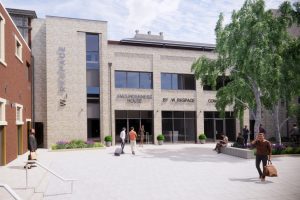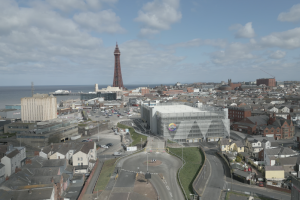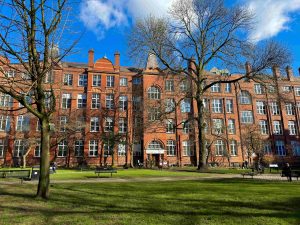Tourism will create 2,000 Liverpool jobs by 2012, says TMP

THE TOURIST economy is set to create 2,000 jobs in Liverpool’s city-region by the end of the year, according to The Mersey Partnership (TMP).
The organisation said yesterday that the so-called “visitor economy” – identified by TMP as one of four key development sectors alongside the superport, low-carbon and the knowledge economy – was worth £2.8bn to the area’s economy in 2009 and supported 40,600 jobs. TMP’s forecast is for these amounts to increase to £3.1bn and 43,000 jobs by the end of this year.
The figures are based on a new forecasting model being used by TMP. Under its previous model, the amount generated by tourism in 2009 would have increased by at least £100m to £1.4bn and supported around 19,800 jobs.
The organisation said that the 2,000 posts being created were “real jobs”, but director of Visitor Economy David Andrew said that it was difficult to quantify exactly where these jobs would be created – apart from new hotel openings or visitor attractions.
TMP also announced yesterday that it was pooling its resources with Marine Industry Events to promote the new Liverpool Boat Show – a ten-day festival is due to take place between April 29 and May 8.
Chief executive Lorraine Rogers said the organisation had committed £200,000 to promoting the event, which includes an advertising campaign in the national media in a bid to attract visitors to the event. The campaign will kick off later this month and TMP said that advance bookings for rooms at the time of the event were the highest on record – some 1,724 rooms of the present hotel stock of 4,200 had already been sold.
“Hotel advance bookings at January 1 2011 are at the highest they have ever been for this specific period, even greater than 2008,” said Rogers.
The Mersey Partnership expects around 400,000 visitors to the Boat Show, which it has identified as one of a number of new economic drivers for the city-region’s tourist economy this year.
Another will be the opening of the new £72m National Museum for Liverpool, which director David Fleming said could draw in as many as 1.5m visitors – twice the 750,000 estimate given to the European Regional Development Fund, but a figure which Fleming said he had always insisted was “conservative”.
Liverpool currently attracts 2.5m visitors to its museums and art galleries per year – 40% of visitors are from the city of Liverpool itself and 60% are from the wider city-region.
However, Fleming said that the scale of the museum, which he said is unique as the only city museum to be funded by central government – meant that it should pull in more visitors, particularly as there are new exhibits relating both to The Beatles and the city’s football clubs.
“If you devise something of top quality for local people, people will come from further afield,” he said.
Ian Ayre, a board member of TMP and commercial director of Liverpool Football Club, said the club’s current sponsors Standard Chartered were offering clients who it brings to Liverpool FC games a more varied city experience which has included overnight stays and visits to local cultural attractions.
He added that the average amount of international visitors at a typical Liverpool FC league game was around 6-7% of the 45,000-plus crowd.








